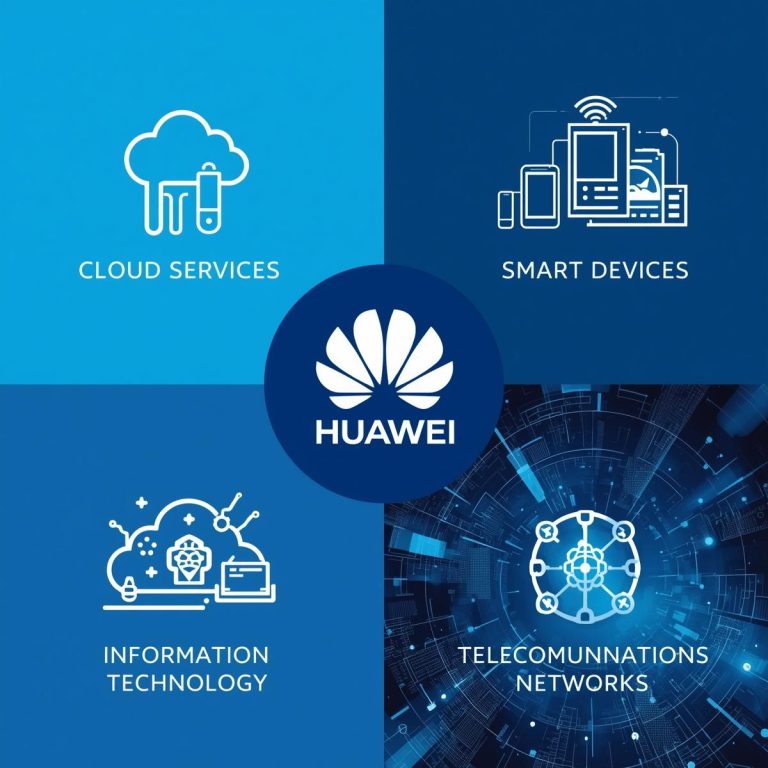
Product failure

New product launches may be intricate and expensive endeavors. Product managers must comprehensively evaluate several factors to ensure the success of product launches and prevent any potential product failure.
Although failure can be attributed to several factors, the following are 8 often seen causes:
- Insufficient knowledge of the target market and client requirements: Failure to identify the target audience and understand the specific requirements of clients greatly diminishes the chances of success for your product. The failure of the Segway personal mobility technology can be attributed to its failure to address a genuine consumer problem. It constituted a technological advancement rather than a value-added innovation for consumers.
- Inadequate product design and production quality: A product of inadequate design or substandard quality is unlikely to effectively attract and maintain customers. The failure of the Google Glass wearable device can be attributed to its large size, high cost, and absence of functional capabilities. Furthermore, it elicited privacy apprehensions and fuelled mockery of its users – yet, this is not entirely negative.
- Failure to conduct sufficient market research and testing: Failure to conduct comprehensive research and testing on your product before to its launch may result in overlooking crucial insights and potential possibilities. As an illustration, the $400 Juicero juicing machine experienced failure due to users using the more convenient and cost-effective method of manually squeezing the juice packets.
- Price and value misalignment: Priced either too high or too low, your product may fail to deliver the appropriate value to consumers. The Amazon Fire Phone, for instance, underperformed due to its comparable pricing to premium smartphones, however lacking the same array of features and app-store functionalities.
- Challenging to comprehend or engage with: By developing something that is challenging to comprehend or use, you are heightening the likelihood of failure. The failure of the Google Wave collaboration tool can be attributed to its lack of clarity and comprehensibility, resulting in limited acceptance and utilization.
- Sub-optimal product-market alignment: Failure of your product to align with the requirements and preferences of your target market could impede its ability to attract and retain customers. A notable instance is the ‘Flights to Nowhere’ service, which encountered extensive criticism from both consumers and environmental organizations.
- Insufficient ability to innovate and differentiate: Insufficient distinctiveness and lack of compelling benefits of your product may hinder its ability to differentiate itself and achieve success. Specifically, the BlackBerry PlayBook tablet was unsuccessful due to its resemblance to the iPad, but its absence of a comparable software ecosystem and user-friendly interface.
- Failure to effectively manage risks and problems: Insufficient management and mitigation of risks and difficulties might lead to unforeseen issues and obstructions in the development of your product. As an illustration, the Samsung Galaxy Note 7 smartphone experienced failure due to defective battery design and production, resulting in fires and needing to be recalled.






